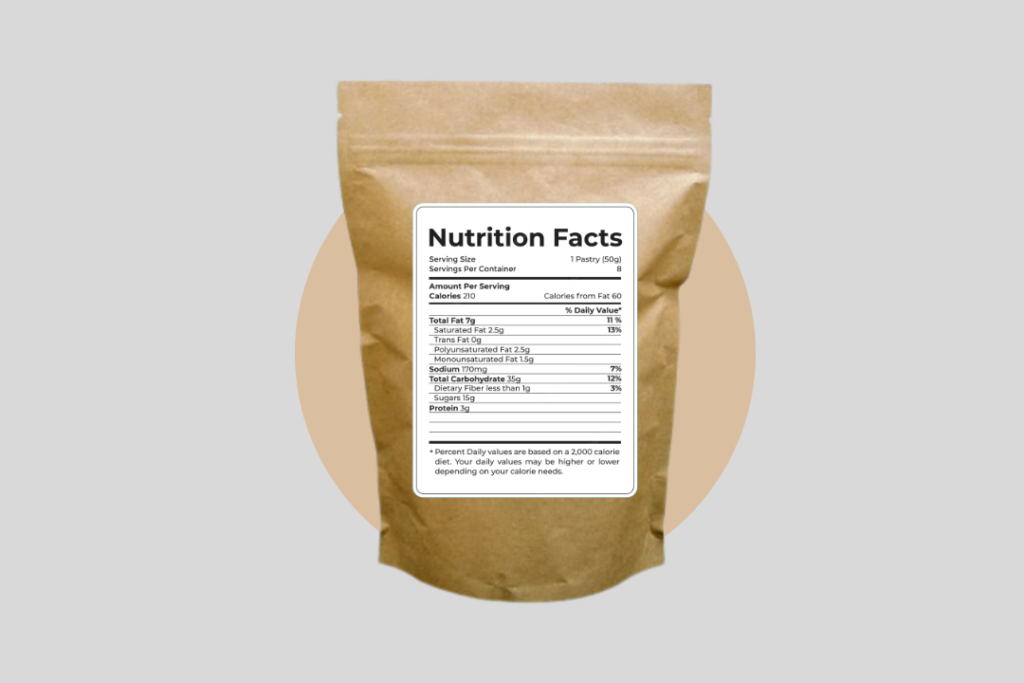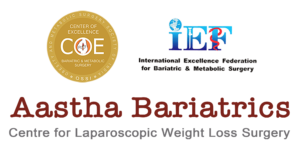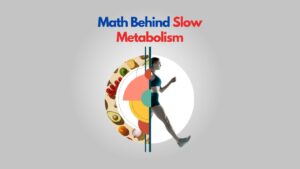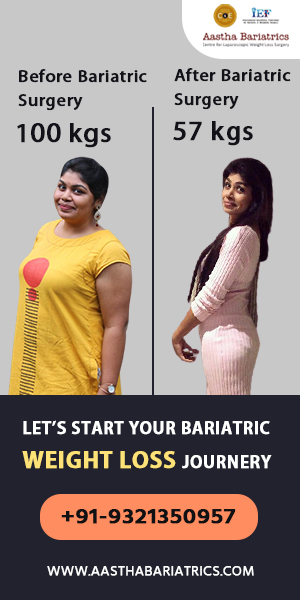
Yashvi Chheda
Bariatric Dietician & Content Writer

How to Read the Nutrient Table Behind Packaged Food Items?

One item that consumers regularly buy is packaged food. Ready-to-eat and handy foods including snacks, drinks, chips, frozen vegetables, and more are included in packaged food goods.
It is very common in every household but it is not recommended to use it. Rather it is suggested to avoid it as far as possible.
Following are the reasons why they are harmful for health:
Ingredients that are heavily processed: Packaged foods frequently contain additives, preservatives, artificial flavours, and colours. Some of these substances may even be connected to allergies, hyperactivity, and other unfavourable reactions, which can have a severe impact on health.
Undesirable nutrients in excess: Added sugars, saturated and trans fats, and sodium are all common sources of bad nutrients in packaged foods. These additives are frequently added to products to improve taste, texture, and shelf life, but they can also lead to weight gain, high blood pressure, and a higher chance of developing chronic illnesses including type 2 diabetes and heart disease.
Lack of important nutrients: During manufacturing, packaged foods are frequently deprived of vital nutrients; some may even have artificial nutrients added back in an effort to fortify them. These artificial nutrients might not, however, be as easily absorbed or as advantageous as those present in natural foods.
Lower in fibre: Dietary fibre, which is essential for maintaining digestive health, controlling blood sugar levels, and fostering satiety, is often abundant in whole foods like fruits, vegetables, and whole grains. On the other hand, due to processing and refinement, packaged foods frequently have insufficient amounts of fibre.
Portion management and potential overeating: Packaged foods are frequently made to be convenient and enticing, which results in higher portion sizes. Many packaged goods are high in calories, which can lead to weight gain and make it difficult to stick to a balanced diet.
Environmental challenges: Packaged goods frequently come in excess packaging, which increases waste and has an adverse effect on the environment. Single-use packaging creation and disposal add to pollution, resource depletion, and landfill trash.
So, should you be consuming packaged foods post bariatric surgery or not?
Well, as mentioned above, it is suggested to avoid these foods. But incase of an emergency or once in a while thing, you should know how to read the nutrient label before buying anything.
How to read nutrient label:
Look at the serving size information at the top of the label to start. All of the nutrient values given on the label are based on this serving size, which indicates the suggested serving size for the product. To obtain an accurate picture of the nutrients you’ll be consuming, make sure to compare the serving size to the amount you really take.
Verify the entire caloric intake: Look for the number of calories in each serving. If you’re watching your weight or keeping track of your calorie consumption, this figure, which denotes the food’s energy content, is crucial to take into account.
Macronutrient evaluation: Find out how much of each macronutrient—carbohydrates, proteins, and fats—is present. Usually, these are listed in grams. Be mindful of saturated fats, trans fats, & cholesterol, as higher amounts of these can be detrimental to your health.
Determine the fiber content: Verify the amount of dietary fiber. Consuming enough fiber can help manage blood sugar levels, induce satiety, and support digestive health. Choose foods with a greater fiber content.
Examine the sugar content: Pay close attention to the additional sugars indicated in the amount. A high sugar intake can be a factor in a number of health problems. Select foods with fewer added sugars, and keep an eye out for sugars that are disguised as other ingredients like sucrose, fructose, corn syrup, and others.
Analyze salt content: If you already suffer from cardiovascular disease or high blood pressure, consuming too much sodium might be harmful to your health. Look for foods with reduced sodium levels by checking the amount of sodium in each serving.
Take a look at the ingredient list: Reviewing the ingredient list is crucial even though it is not included on the nutrient label. Ingredients are presented in descending order of quantity, so if sugars, refined flour or other unwholesome ingredients are among the first ones on the list, the dish might not be the healthiest option.
If you consume more or less than the recommended portion, you must modify the values because the nutrient levels are depending on the serving size.
Using the nutrient label as a guide can help you make informed decisions about the nutritional content of packaged foods and choose healthier options.







